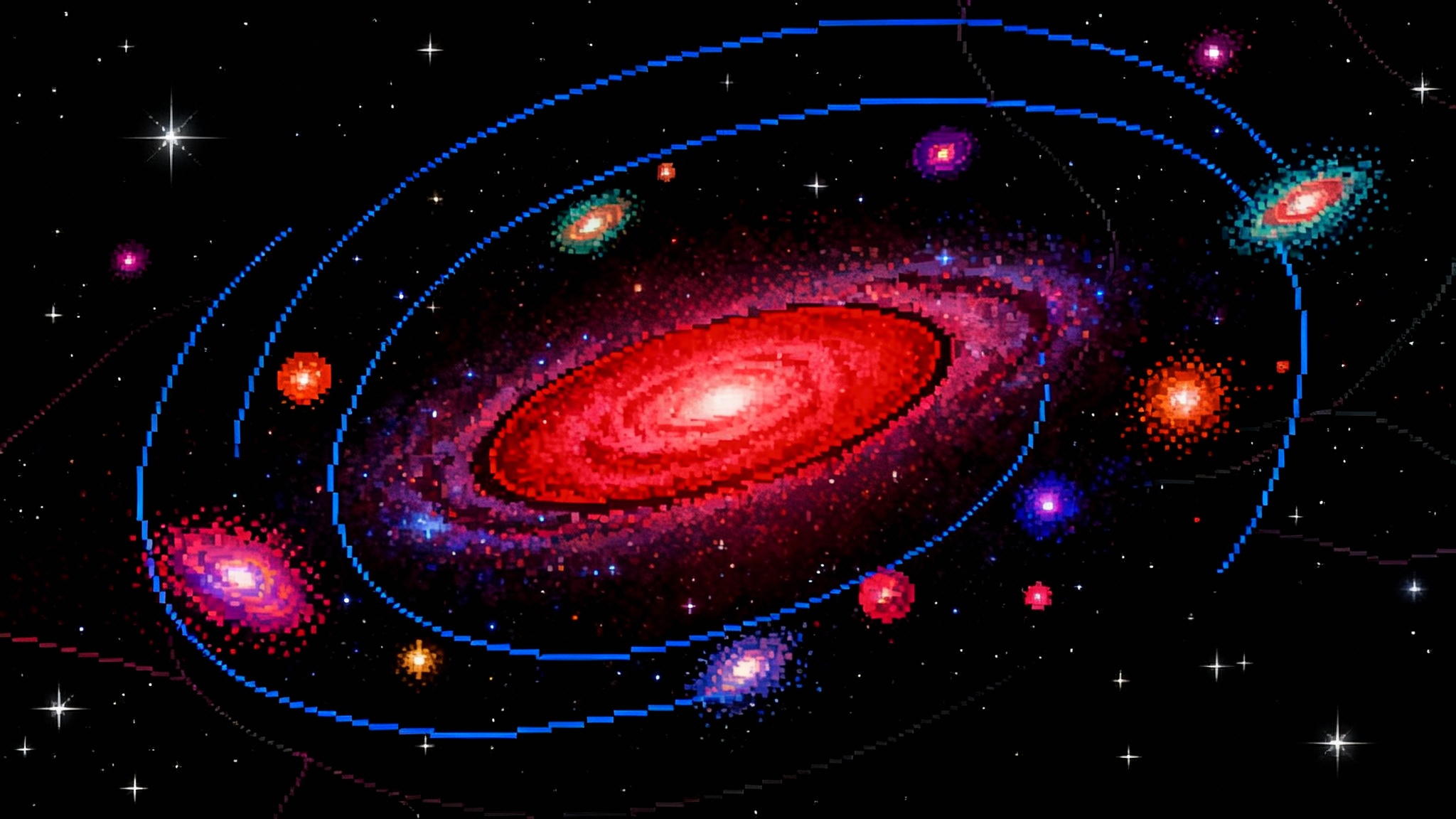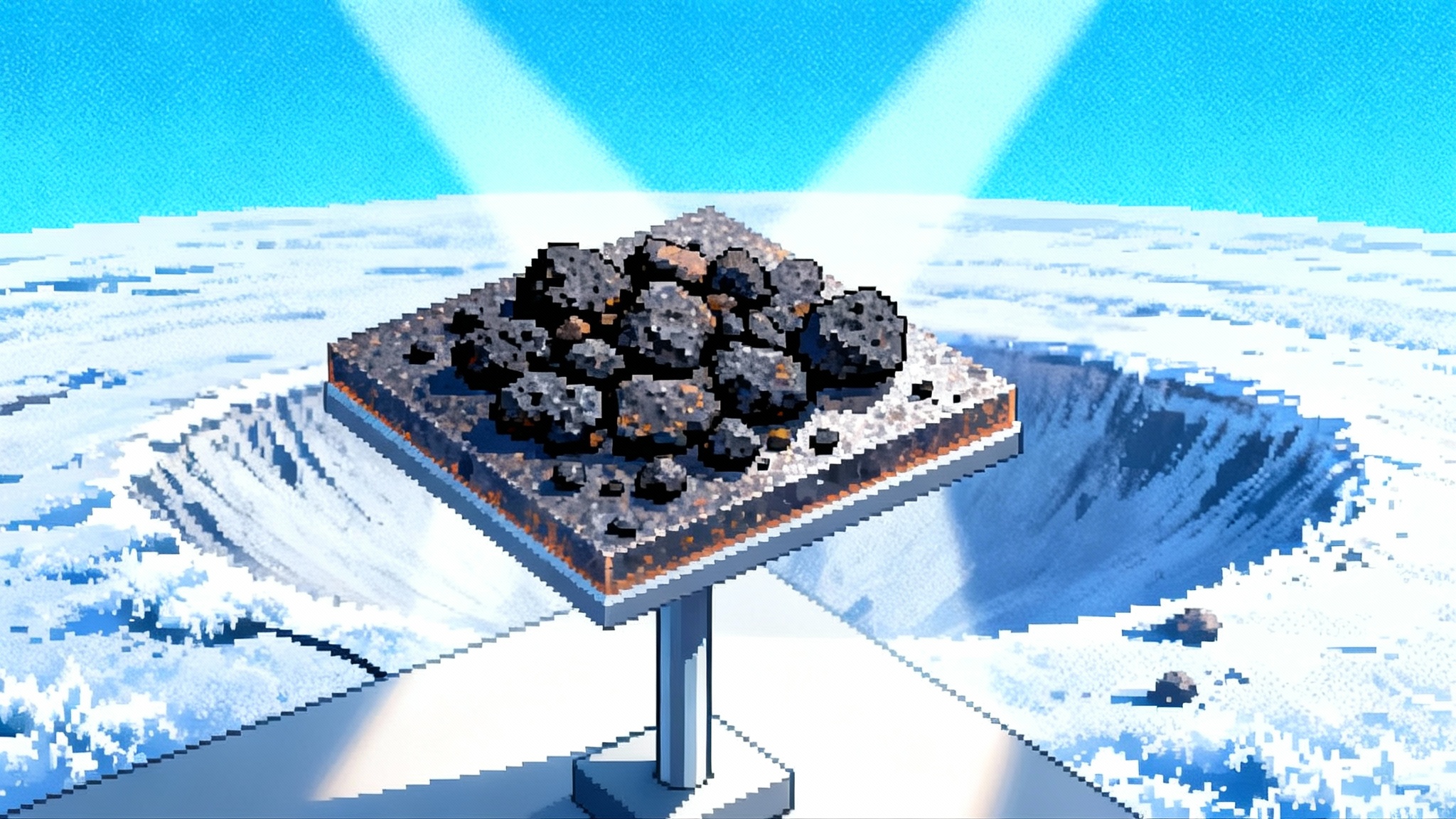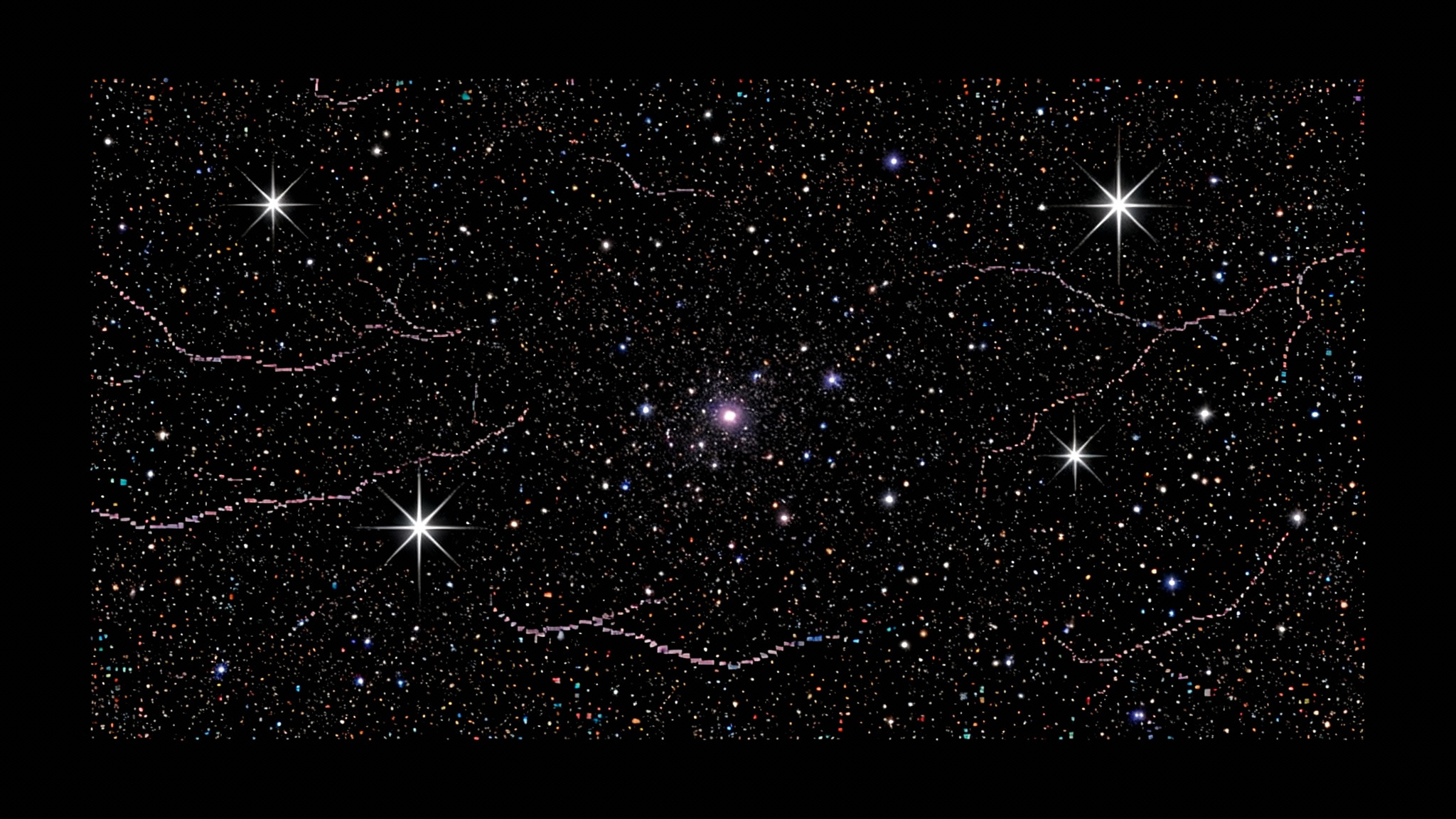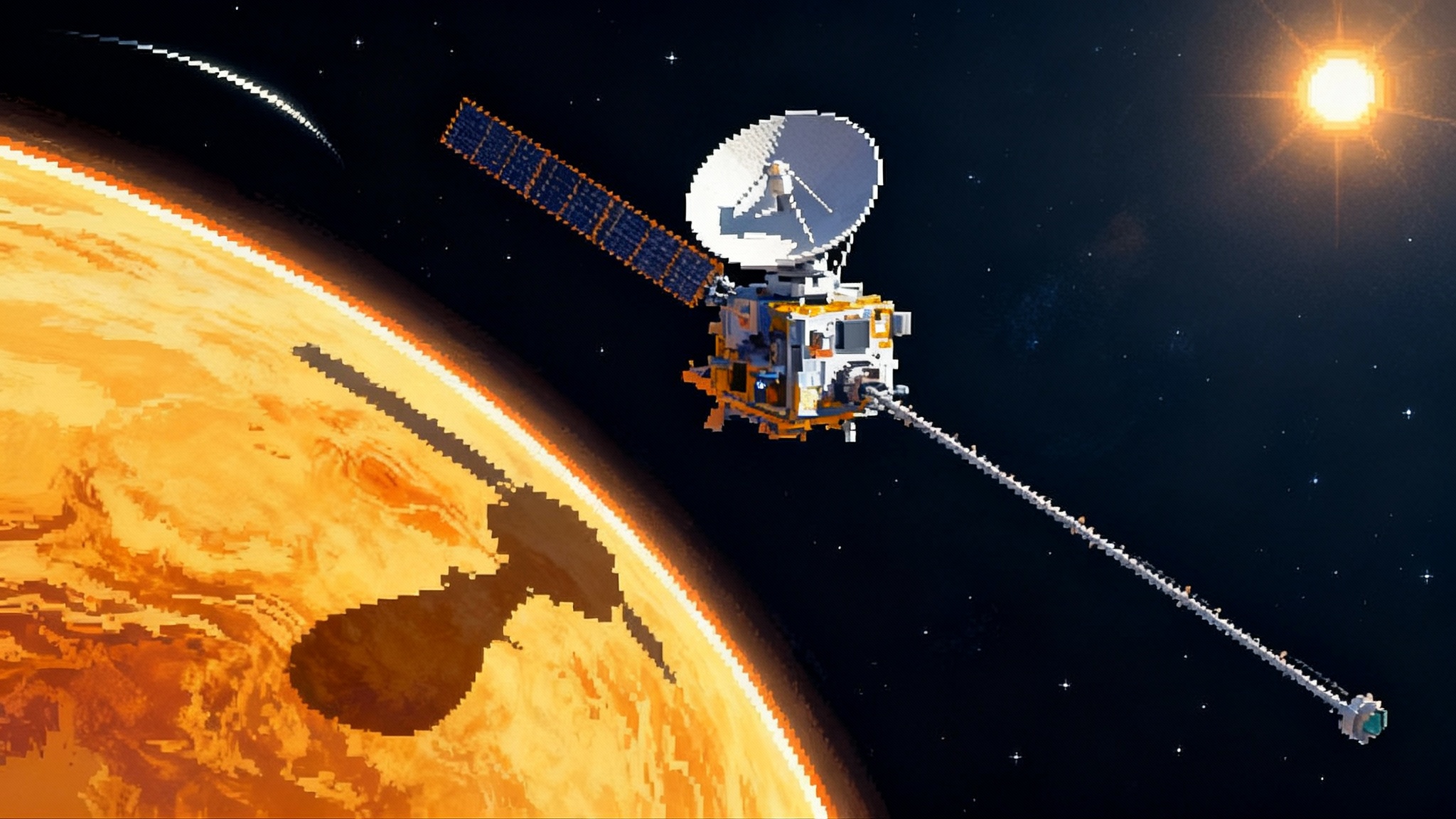Bennu’s 2025 sample haul reshapes origin of life science
The first 2025 results from NASA’s OSIRIS-REx sample show all five DNA and RNA nucleobases, dozens of amino acids, and a clean magnesium–sodium phosphate that points to briny water on Bennu’s parent world. The mix is pushing astrobiology toward faster, sample-first missions and a sharper planetary defense playbook.

The year a handful of dust raised the stakes
In January 2025 the OSIRIS-REx team pulled back the curtain on Bennu’s treasure, and the headlines were not hype. Researchers reported a cocktail of complex organics in pristine grains of asteroid dust, including all five nucleobases of DNA and RNA and a diverse set of amino acids. Those findings, published across complementary papers and summarized by major outlets, solidified a picture long suspected from meteorites but never this clean in a sample straight from space. Small worlds can cook up prebiotic chemistry on their own. The first wave of results, released on January 29, 2025, detailed 14 protein-forming amino acids among 33 detected and the full suite of nucleobases, as covered in Bennu sample building blocks.
What makes Bennu special is not only what was found, but how it was found. The team returned 121.6 grams of material in September 2023, then distributed carefully curated grains to labs worldwide under nitrogen, with controls that rival those planned for Mars samples. Unlike meteorites that crash through our atmosphere and soak up Earthly contamination and heat, Bennu’s gift arrived cold, clean, and contextualized by years of spacecraft observations. That combination turned 2025 into a test case for how fast definitive astrobiology moves when you can hold the evidence in your hands.
What the Bennu papers actually show
The January to April 2025 publications reveal a chemically rich, water-processed environment frozen into Bennu’s rubble. Key takeaways include:
- Nucleobases in full. Adenine, guanine, cytosine, thymine, and uracil are all present, along with related N‑heterocycles such as xanthine and hypoxanthine. This is the first time the complete canonical set has been confirmed in a pristine asteroid sample.
- Amino acids in breadth and depth. Thirty-three amino acids were detected, 14 of them the same protein-forming molecules used by life on Earth. Crucially, the amino acids are racemic, with left- and right-handed forms in about equal measure, consistent with abiotic synthesis rather than contamination by terrestrial biology.
- Nitrogen-rich chemistry. Ammonia and other nitrogen-bearing compounds are abundant, giving the feedstock needed to build amino acids and nucleobases through aqueous reactions.
- Briny mineral fingerprints. Evaporite-like salts, carbonates, and phosphates point to liquid water that later evaporated, leaving a residue similar to what you would see around the edges of a drying salt flat.
Together, these observations sketch a coherent narrative of low-temperature, water-rock chemistry in the first tens of millions of years of solar system history. The laboratory precision is the breakthrough. Instead of arguing from imperfect meteorites, the team is quantifying concentrations to parts per billion and tracing isotopic fingerprints while confidently ruling out Earthly contamination. For origin-of-life research, that confidence is gold.
The phosphate that should not be there
One mineral result leaps out of the early analyses: large, unusually pure grains of magnesium–sodium phosphate. Phosphates appear in meteorites and in the Ryugu samples returned by JAXA’s Hayabusa2, but the Bennu grains are cleaner and larger than anything in previous collections. The simplest way to grow such crystals is in briny, evaporating water, where dissolved ions precipitate as salts as the fluid retreats. In the team’s cautious words, the texture and chemistry hint that Bennu splintered off a tiny, primitive ocean-world parent where liquid water pooled long enough to concentrate phosphorus into distinctive salts. NASA flagged this surprise early in curation, as summarized in NASA phosphate analysis.
If the phosphate points to slow evaporation, the organics point to time. A parent body at least 100 kilometers across could have harbored pockets of warm, ammonia-bearing water for thousands to millions of years. In that micro-ocean, simple molecules like formaldehyde and hydrogen cyanide react with ammonia to yield amino acids and nucleobases. The salts we see today are the mineralized logbook of that chemistry.
Why samples beat meteorites and most robots
- Pristine context. Sample return dodges atmospheric entry and rainfall, so the chemistry you analyze is the chemistry that was actually on the asteroid.
- Precision workflows. Analysts can split grams into milligrams into micrograms across multiple labs, verifying results with orthogonal techniques without exhausting the sample.
- Speed to discovery. Once the cleanroom doors open, instruments run around the clock. Bennu’s nucleobases and amino acids moved from ampoule to result in months, not years.
- Full-spectrum science. The same grains that tell you about organics also carry textural clues in their minerals, letting teams tie biology-relevant molecules to specific water histories and temperatures.
That last point matters for strategy. If biology anywhere needs sustained liquid water and a supply of reactive organics, then the fastest path to probing that recipe is to return and dissect the most promising materials from small bodies.
A new playbook for astrobiology
The 2025 Bennu data show a stepwise process that could plausibly seed planets:
- Ice and simple carbon molecules accrete in the outer solar system.
- A larger parent body forms, heating internally from radioisotopes and impacts, melting interior ice to make ammonia-rich water.
- Water circulates through porous rock, leaching and concentrating ions, while driving reductive synthesis of organics.
- Fluids evaporate, leaving a residue of salts such as carbonates and magnesium–sodium phosphate.
- Later impacts shatter the parent world into rubble piles like Bennu, which then deliver these compounds to habitable surfaces.
Each step leaves a signature. Bennu has now revealed several of them in the same tiny grains. That is why these results matter beyond headlines. The chemistry connects to a timeline.
What comes next, and why targets matter
Bennu’s revelations are arriving just as the next wave of sample-return and life-detection missions locks in hardware.
- Ceres sample return. The 2023 to 2032 Planetary Science Decadal Survey identified Ceres as a high-value sample-return target because Dawn mapped brines, sodium carbonates, and organics, especially in Occator crater. On August 20, 2025, NASA modeling work suggested Ceres may have maintained long-lived chemical energy sources compatible with simple metabolisms. A return from Ceres would let laboratories test whether its evaporites preserve richer organics than the salts seen in Bennu and Ryugu.
- Enceladus Orbilander. The flagship-class Saturn concept envisions orbiting Enceladus to sample plume particles, then landing for a two-year surface campaign. Concept work in 2025 even explored agile plume-hopping samplers that could be deployed from the lander. If complex molecules assemble in tiny asteroids, an ocean with active hydrothermal processing becomes an even stronger bet for chemical complexity.
- Mars’ moons sample return. JAXA’s Martian Moons eXploration mission, MMX, is targeting a 2026 launch with Earth return in 2031. MMX will collect at least 10 grams from Phobos and deliver them to a new curation facility in Japan, with international teams applying contamination controls refined on Bennu.
- Mars Sample Return, re-scoped. On January 7, 2025, NASA announced it would pursue two landing system architectures in parallel during formulation to reduce cost and schedule risk while preserving the scientific prize of the Perseverance cache. The Bennu experience argues for an even stronger focus on curation first, instruments second.
This shift dovetails with launcher and comms developments. As heavy-lift windows open for Mars smallsat missions, the momentum behind New Glenn ESCAPADE launch and deep-space links like the DSOC 218 million mile link shows how quickly a sample-return relay can mature.
Where astrobiology meets planetary defense
The 2025 Bennu results are not just about life’s chemistry. They feed directly into how we protect Earth.
- Mechanical truth from chemistry. OSIRIS-REx revealed that Bennu’s surface behaves like loosely bound gravel. Knowing the porosity and cohesion of rubble piles informs deflection modeling. If we ever needed to nudge a Bennu-like object, the force required and the way energy couples into the surface depend on those properties.
- Near-term targets. OSIRIS-APEX is en route to asteroid Apophis, arriving shortly after its close pass by Earth in 2029. That flyby will alter Apophis’ spin and maybe its surface. APEX will watch those changes up close and even fire thrusters near the surface to stir material, repeating a controlled version of OSIRIS-REx’s most dramatic maneuver.
- From test to standard. ESA’s Hera spacecraft is on course to reach the Didymos–Dimorphos system in late 2026 to analyze the crater, mass, and internal structure left by NASA’s 2022 DART impact.
- Find them sooner. On February 21, 2025, NASA awarded a launch contract for the NEO Surveyor space telescope, targeting no earlier than September 2027. Once operational, NEO Surveyor’s infrared eyes will accelerate discovery of dark, mid-sized near-Earth objects. That complements small-body tracking efforts highlighted by quasi-moon 2025 PN7.
- The long view on Bennu. Updated analyses in early 2025 reaffirmed that Bennu’s highest-probability window for Earth impact is in September 2182, with odds around 1 in 2,700. That is low and centuries away, but not zero. Every gram of data from OSIRIS-REx and every lab result from Bennu’s samples tightens the models we would use if that risk ever rose.
This is a two-way street. Planetary defense missions mature the navigation, autonomous operations, and surface interaction techniques that sample returns need. Sample returns give defense planners the material properties and chemistry that make models real.
The fastest road to big astrobiology
If you care about the origin of life, Bennu’s 2025 revelations argue for a simple strategy.
- Prioritize small bodies with water histories. Main-belt ocean fragments like Ceres and primitive near-Earth asteroids like Bennu are low-cost, high-yield targets. Their salts and organics record prebiotic chemistry at accessible scales.
- Alternate sample types. Pair rubble-pile organics with plume particles from Enceladus. One preserves the recipe after evaporation, the other captures it mid-stream.
- Build a rolling pipeline. Plan overlapping campaigns so that new samples arrive every three to four years. This keeps instrument teams sharp, training curves low, and results flowing.
- Invest in curation above all. The Bennu win owes as much to gloveboxes, nitrogen cabinets, and cross-lab protocols as to any one instrument. Funding that infrastructure is as important as the next launch.
By the end of this decade we could have Bennu’s organic map in hand, Phobos grains in curation, and NEO Surveyor streaming targets for the 2030s. In the early 2030s, a Ceres sample could bring an ocean world’s salts to Earth, while Enceladus Orbilander advances toward flight. Each arrival tightens the causal chain from simple molecules to biochemistry.
Keep the momentum
The 2025 Bennu results are a proof of concept for a faster era in origin-of-life science. They show what happens when clean samples, smart curation, and patient lab work replace speculation. The next steps are not glamorous, but they are decisive:
- Fund curation facilities sized for Ceres, MMX, and Mars Sample Return.
- Standardize contamination budgets and cross-lab intercomparisons so results from Tokyo, Houston, and Paris dovetail on day one.
- Reserve allocations for high-risk, high-gain experiments that test chirality, phosphorylation pathways, and polymerization on salt substrates.
Do that, and the discoveries will keep coming on human timescales.
From pocket worlds to first principles
Bennu’s grains contain the alphabet of biology and the salts of a vanished sea. That combination, revealed in 2025 by teams working across continents, is reshaping how we search for life’s origins. It suggests that tiny worlds do a lot of chemistry before planets ever get a chance, and it argues for a strategy built on returning samples from the right places at the right times. The surprise phosphate, the racemic amino acids, the complete set of nucleobases, and the briny evaporites all point in the same direction. Bring the material home, read its record carefully, and let the lab do the heavy lifting. In the race to understand how life begins, that is the fastest road we have.








